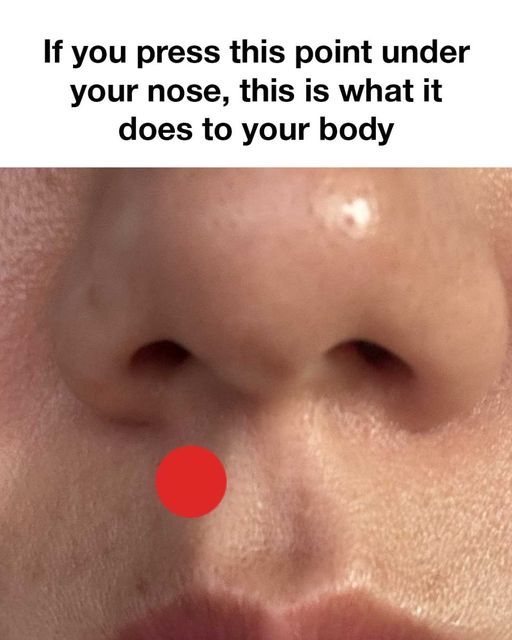ADVERTISEMENT
Historical Context and Origins of Acupressure
Acupressure has its roots in ancient Chinese medicine, dating back thousands of years. The practice involves applying pressure to specific points on the body, believed to correspond with energy pathways or meridians. This form of therapy aims to balance the body’s energy, known as qi, to improve health. The Governing Vessel 26 has been used historically in acupressure to address fainting and shock.
Advertisement
Anatomical Location of the Shui Gou Point
The Shui Gou point is positioned on the face, approximately one-third of the distance between the nose and the upper lip. This location is easily accessible, making it a convenient point for self-administered acupressure.
Physiological Effects of Stimulating the Shui Gou Point
Stimulation of the Shui Gou point is believed to have several physiological effects, including stimulation of the central nervous system and increased circulation. This can lead to improved alertness and heightened physical and mental responsiveness.
Potential Benefits for Cardiovascular Health
Governing Vessel 26 might play a role in supporting cardiovascular health. Anecdotal evidence suggests that stimulating this point can help regulate blood pressure and improve heart rate variability, although more scientific research is needed to substantiate these claims.
Impacts on Respiratory Function and Breathing
Pressing the Shui Gou point may have positive effects on respiratory function by promoting deeper and more efficient breathing. This can be particularly beneficial during episodes of respiratory distress or difficulty breathing due to anxiety.
Roles in Mental Clarity and Cognitive Function
The Shui Gou point is often cited for its ability to enhance mental clarity and cognitive performance. By invigorating the mind, pressure on this point might help in reducing mental fatigue and improving focus.
Influence on Nervous System Regulation
The Governing Vessel 26 is connected with the regulatory functions of the autonomic nervous system. Stimulation of this point may contribute to balancing sympathetic and parasympathetic activity, aiding in stress relief and relaxation.
Applications in Emergency Situations and First Aid
The Shui Gou point is traditionally used in emergency situations, such as fainting spells or shock. Quick application of pressure to this point is thought to revive consciousness and stabilize the person experiencing distress.
continued on next page
